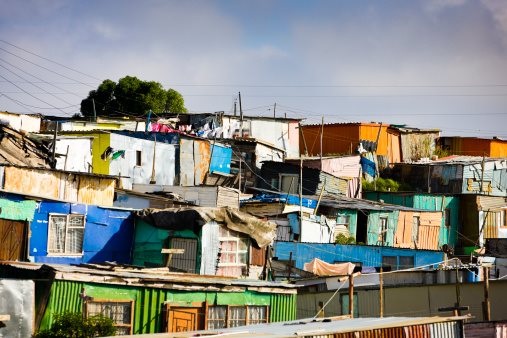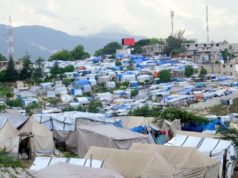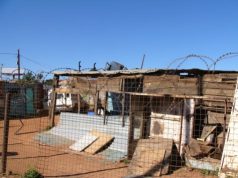
Vietnamese Refugees: Their Story and Struggles
Introduction:
Vietnam is a country located in Southeast Asia that suffered from war, conflict, and political instability during the 20th century. In the 1970s and 1980s, many Vietnamese people found themselves fleeing their country as refugees, seeking safety and a better life in other countries, such as the United States. This article aims to discuss the story and struggles of Vietnamese refugees who made the brave decision to flee their country.
The Vietnamese Refugees’ Story:
The Vietnam War, which began in the 1950s and ended in 1975, resulted in the unification of North and South Vietnam under communist rule. During the war, many Vietnamese people sided with the United States and its allies against the communists, placing them in danger of retribution from the new regime. This led to thousands of Vietnamese people fleeing their country by boat, seeking refuge in neighboring countries such as Thailand, Malaysia, and Indonesia.
In 1975, the US government began evacuating Vietnamese refugees from these countries and resettling them in the United States. The refugees experienced significant trauma, having been separated from their families, lost loved ones, and witnessed violence. As a result, many refugees needed medical support, mental health assistance, and cultural orientation before they could settle and rebuild their lives.
Struggles of Vietnamese Refugees:
Vietnamese refugees experienced a range of struggles after leaving their country and seeking refuge in foreign lands. These include:
1. Cultural Barrier:
Upon arrival in the US, Vietnamese refugees faced communication challenges as they could not speak English. Additionally, they found the American culture foreign, making it difficult to adapt and integrate.
2. Education:
Vietnamese refugees experienced educational barriers, with most of them having little to no formal education at all. This led to a lack of skills and training needed to get jobs in the US.
3. Employment:
Vietnamese refugees faced significant challenges in finding employment due to their limited language skills, education levels, and cultural differences. This made it hard for them to assimilate into their new environment.
4. Emotional Trauma:
The experience of violence and displacement led to significant emotional trauma for Vietnamese refugees. They often experienced post-traumatic stress disorder (PTSD), making it difficult to adjust to their new surroundings.
Conclusion:
Vietnamese refugees’ struggles were long-lasting, and many still carry the emotional and mental scars of their past experiences. However, they have also shown remarkable resilience and determination to make successful new lives for themselves in different parts of the world. By understanding their stories, we can learn to be more compassionate, supportive, and understanding towards refugees as they cope with the challenges of displacement and resettlement. Today, many Vietnamese refugees have made substantial contributions to society, enriching their new countries with their culture and talents.
The Vietnam War is the event that set in motion the largest wave of Vietnamese refugee migration. Prior to the War, refugees and legal Vietnamese immigrants to the United States were of little concern, as the total population was small. Following the war, however, Vietnamese refugee migrations were a subject of domestic and international scrutiny.
Imaginably, the physical numbers had a lot to do with this. Vietnamese refugee migrations to America alone in the wake of the Vietnam War totaled over 100,000 people. Meanwhile, the way in which these refugees traveled also became a humanitarian concern. Fleeing from Vietnam, large amounts of refugees attempted to make their way across the seas to safe havens in boats, yet all too frequently were attacked by pirates, becoming victims.
Starting in the 1970’s, the U.S. government passed several pieces of legislation with tangible effects for immigration practices. In 1975, President Gerald Ford signed the Indochina Migration and Refugee Assistance Act, which allowed displaced Vietnamese to enter the United States legally under protected status and relocate under federal auspices. Later, the Refugee Act of 1980 would further aid displaced people from Vietnam.
Under this new law, refugees were afforded more efficient integration to the United States and the option to change quotas on the number of refugees that could be accepted from a particular region. As for the Vietnamese government, in response to international pressure, it also amended its policies, allotting for the “orderly departure” of its denizens to find previously departed family members.


















